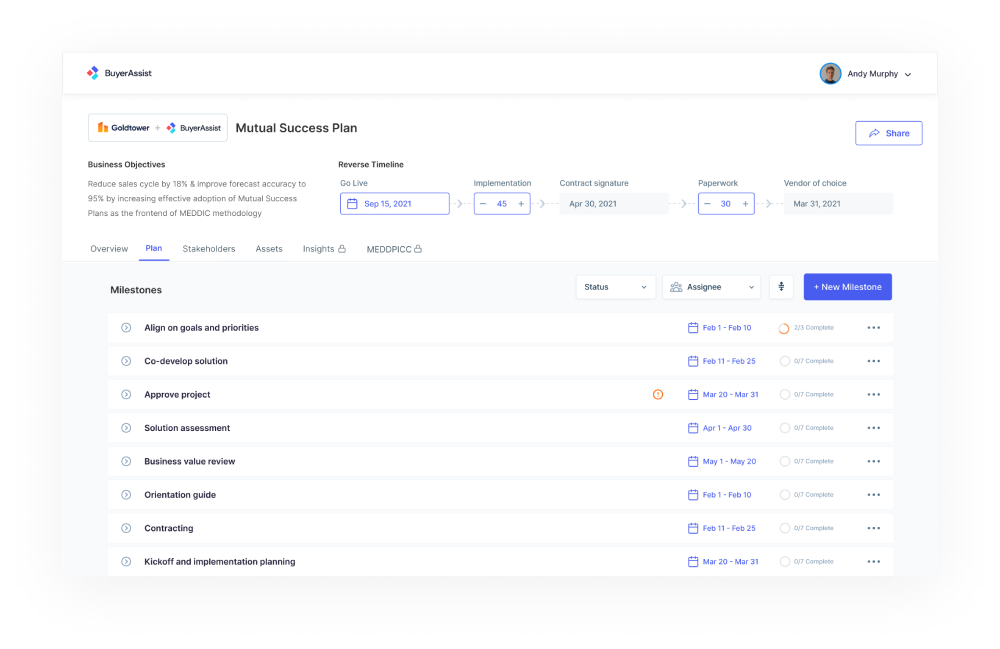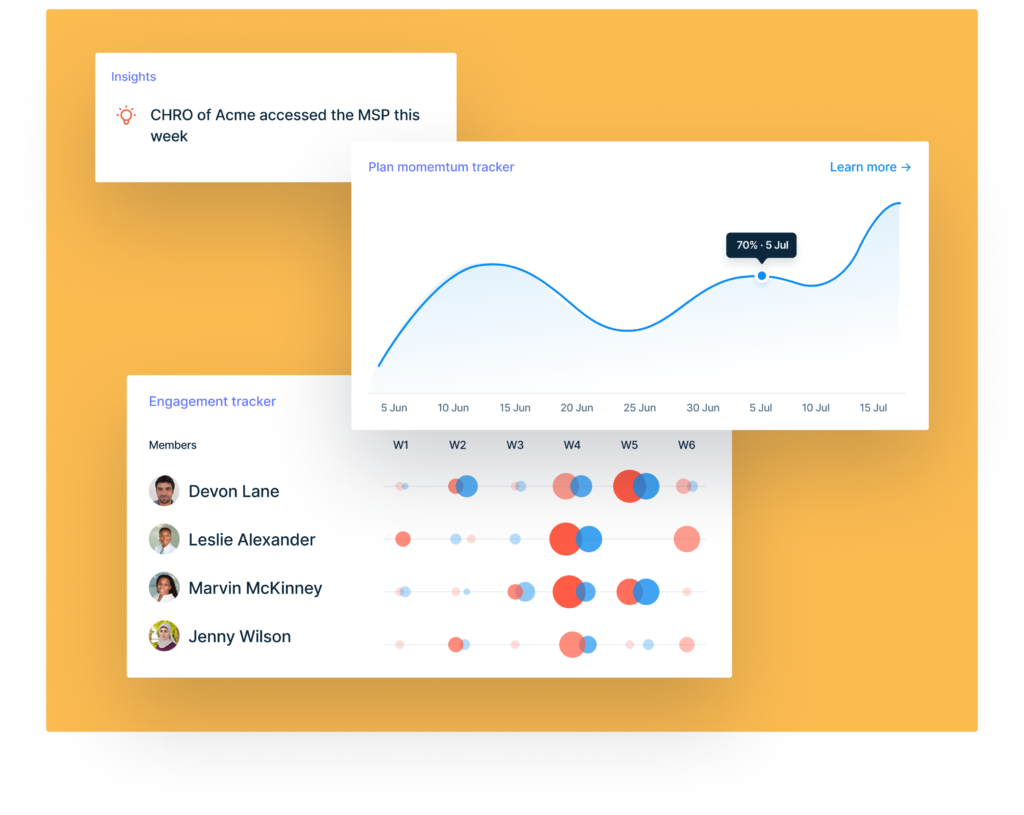 BACK TO BLOG
BACK TO BLOG
Deal Reviews: Set your teams for success

 BACK TO BLOG
BACK TO BLOG

There are several critical points during a quarter that can determine how you generate and accelerate revenue growth predictably - the biggest ones include QBRs, the CRO’s forecast call after the QBR, Monthly updates to the call by sales leadership, weekly team meetings, forecast calls, manager 1:1s, deal reviews, and pipeline reviews.
While each of these processes is important for the overall sales engine efficiency, the one process that has the most variance and lacks a consistent process is ‘deal reviews’. If it were executed properly, you will see greater visibility and accountability from reps, managers, and sales leadership to drive the ongoing progression of deals.
The problem with deal reviews is that each deal review ends up being run based on individual preferences and more time is spent on finding issues rather than solving them. There are several forecasting tools that can help you with collecting rep activity data to tell you what has happened and what the next steps are, but you still don’t know where the buyer is at in their buying journey.
In a world where buyers spend only 17% of their buying time meeting with potential vendors, you just can’t rely on seller-identified information to do your deal reviews and forecast calls. This problem has become big enough to start impacting forecasting accuracy. As per research by Forrester, 85% of B2B firms regularly miss their monthly sales forecast by more than 5%.
Deal reviews refer to the process of analyzing and evaluating potential business deals to determine their viability and potential risks. Deal reviews can include a comprehensive analysis of a wide range of factors, including market trends, financial projections, legal considerations, and strategic fit.
The goal of a deal review is to ensure that a potential deal aligns with the company's overall strategy and objectives, as well as to identify and mitigate potential risks and uncertainties associated with the deal. By conducting a thorough deal review, companies can make more informed decisions about which deals to pursue and which to pass on, ultimately maximizing their chances of success and minimizing their exposure to risk.
Here are 4 steps to structure a productive deal review:
While buyer engagement and deal reviews might appear as two different topics, there is more in common than what meets the eye.

Buyer Engagement Platform (BEP) powers a new approach of selling that puts the customers’ buying priorities, goals, and milestones at the center of how revenue teams deliver a better, faster, and more personalized experience to their buyers.
It enables you to provide your buyers a single, integrated, collaborative engagement interface throughout their journey with you. This helps create a more transparent, outcome-oriented relationship with your buyers, driving mutual accountability and a milestone-based approach in B2B seller-buyer relationships. Done right, this will elevate the role of your revenue teams for their buyers, from being an information provider to one that delivers insights that help accelerate value discovery and realization. BEP integrates closely with CRM, email, internal collaboration tools, and revenue intelligence systems.
BEP upgrades your customer engagement playbook by giving you total visibility into how your buyers are evaluating, buying, and realizing value from your products; understand what is important to them and what is not. With BEP, every new buyer interaction is powered by insights from every single conversation you have had with your buyers up until now.
This is many ways is an overlay on top of your current sales methodology and is designed to bring your buyer into the mix to build greater trust and partnership. Your sales methodology is no longer just an internal checklist or behavior but will be the framework to partner with your buyers and customers.

The plan focuses on the buyers’ goals, outcomes, milestones, and key tasks.
In every follow-up call with an opportunity, the account executive pulls up their mutual success plan and says, ‘this is what we know so far, has anything changed?’, ‘this is what we were supposed to do between now and our previous call, how are we doing on these actions?’, and ‘these are key action items for the next week’. Every action is tied to a step towards helping the buyer achieve their business goals.

Every opportunity deal review is preceded by a sales management team reviewing the mutual success plan inside the CRM opportunity. One should review the key insights, buyer behavior, plan progress and also provide asynchronous feedback in the flow of work. Most questions regarding what has happened so far, what next, key stakeholders, champion, detractor, engagement, and progress are already answered by the mutual success plan even before the deal review call.
Sales management also reviews internal questions asked by other team members across the company (ranging from pre-sales, post-sales, sales managers, and peers) and gets a 360o view into suggestions from other peers.
Systems like BuyerAssist also have a prebuilt AI engine to give you insights gathered from similar deals’ mutual success plans that your team has won/lost in the past.
The key difference from a traditional process is that we are working out a forward-looking plan co-created with the buyer instead of strictly relying on past activities.

Spending 15-60mins reviewing an opportunity means everyone is asking intelligent questions to set your account executives up for success and focus their efforts on moving the opportunity forward. Too often, however, managers end up squandering valuable 1:1 time cross-examining reps on the deal status and looking at past activity records, instead of identifying risk in the mutual success plan and coaching them on strategy.
The managers should ask thoughtful questions around building swim lanes, negotiation strategy, or other blockers which will need cross-functional execution support. At the end of the meeting, the action items and owners are also documented in the internal-only tasks so that everyone knows what they are supposed to do.
Perhaps the single biggest change that is needed is consistency in the process when it comes to deal and pipeline reviews. Managers spend 30-60min with each account executive every week and the broader sales management teams might spend multiple days every week reviewing the most strategic deals. It is important that the pre-work, during review work, and post-work are consistent and scalable.
It is also important that the seller brings buyer verified facts as a precursor to any management review process. Without that, you are relying on hope. And all of us know hope is not a strategy.

